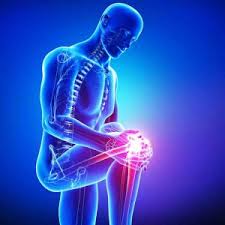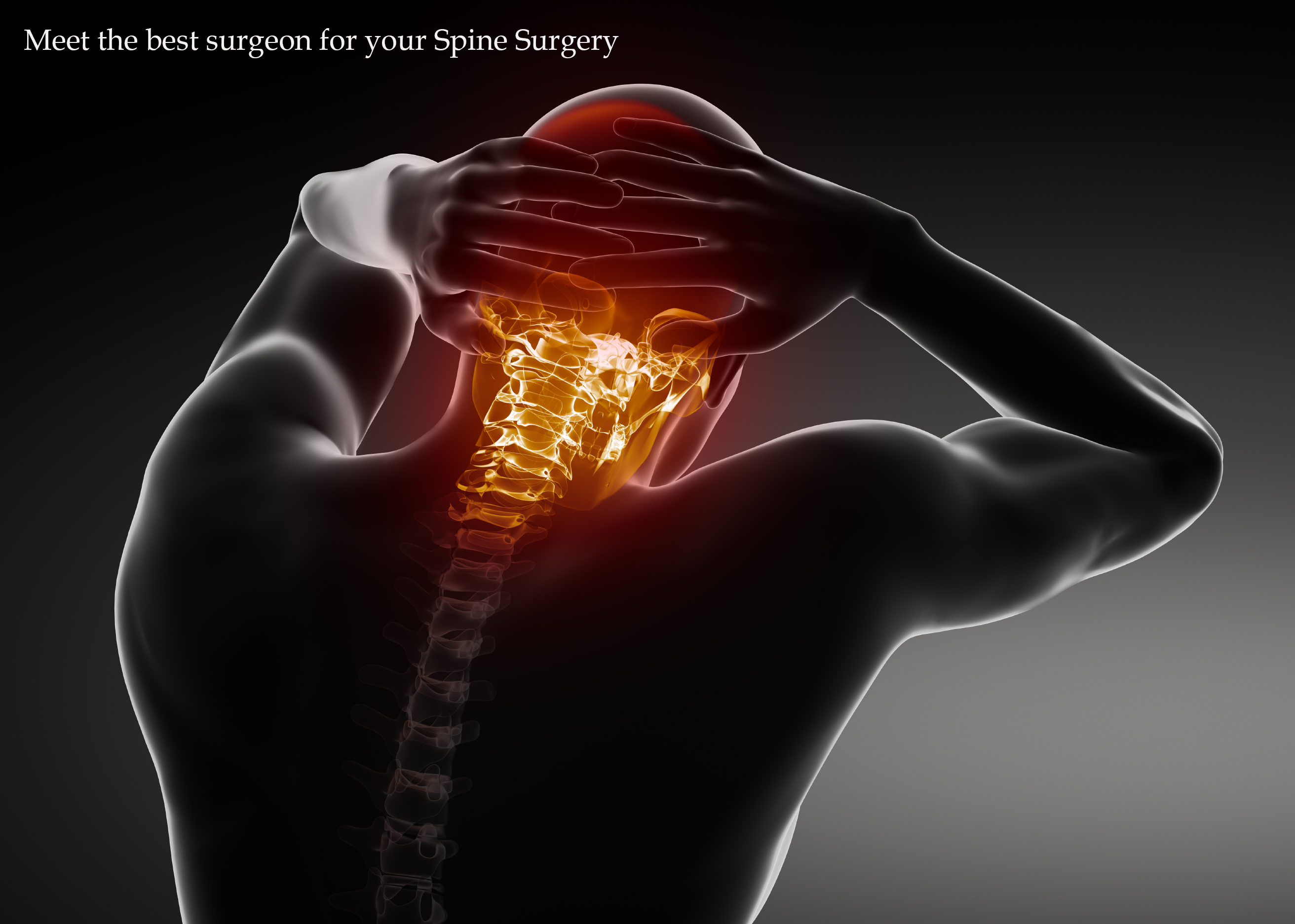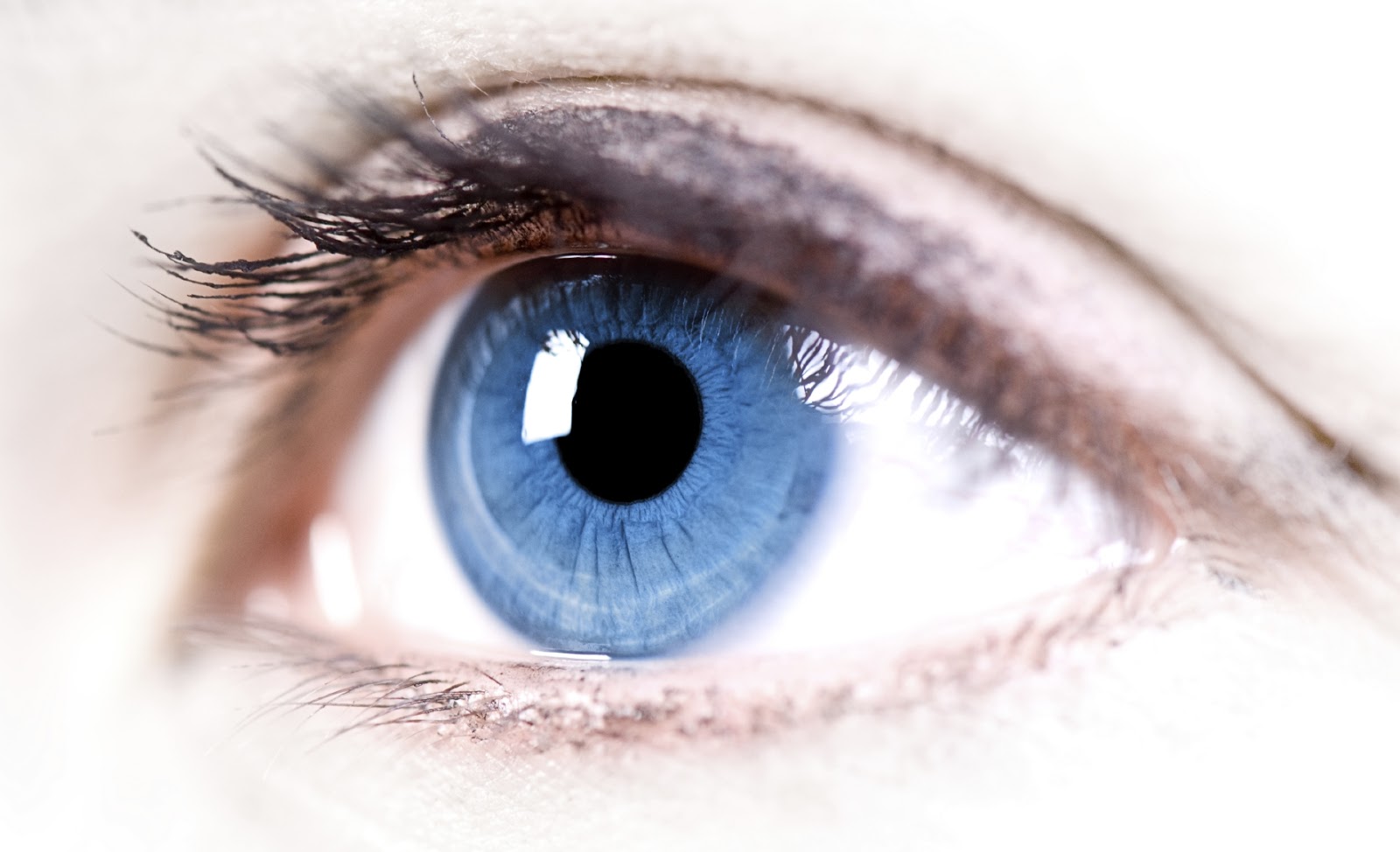Liposuction is a cosmetic procedure that removes fat that you can’t seem to get rid of through diet and exercise.
A plastic or dermatologic surgeon usually does the procedure on your hips, belly, thighs, buttocks, or face to improve their shape. But liposuction can also be done with other plastic surgeries, including facelifts, breast reductions, and tummy tucks.
Liposuction removes fat from your body using suction. During liposuction, small, thin, blunt-tipped tubes (cannula) are inserted through tiny cuts in the skin. Fat is suctioned out through these tubes as the doctor moves the tubes around under the skin to target specific fat deposits.
In recent years, improved techniques have made liposuction safer, easier, and less painful. These newer techniques include:
- Tumescent liposuction. A local anesthetic is used to numb the area of your body where the tube will be inserted. Next, a large amount of an anesthetic solution containing lidocaine and epinephrine is injected into the fatty tissue before traditional liposuction is done. Tumescent liposuction may not require general anesthesia (which makes you sleep through the procedure).
- Ultrasound-assisted liposuction. This technique uses ultrasound to liquefy the fat, which makes it easier to remove. This technique may be particularly helpful in removing fat from the neck, upper abdomen, sides, and back.
- Laser-assisted liposuction. This technique uses low-energy waves to liquefy the fat, which is removed through a small cannula.
Liposuction is usually done as an outpatient procedure in a properly equipped doctor’s office, ambulatory surgery center, or hospital. In general, it does not require an overnight hospital stay unless a large volume of fat is being removed. Local anesthesia is used in some cases. And you may or may not be given a sedative to help you relax. If a large area or volume of fat is being treated, general anesthesia or deep sedation with a local anesthetic may be used.

What To Expect After Treatment
After the procedure, the area of the body that was treated is firmly wrapped to help reduce swelling, bruising, and pain. Elastic bandages and tape, support hose (such as those used to treat varicose veins), a special girdle, or another type of firm-fitting garment may be used, depending on which part of the body was treated. You may have to wear the compression garment or wrap for 3 to 4 weeks. Expect a lot of bruising and swelling for at least the first 7 to 10 days.
Fluid may drain from the incision sites for several days. You may be given antibiotics to reduce the risk of infection.
Most people are able to get up and move around as soon as the treatment is finished and after the effects of the anesthesia and any sedation have worn off. You can return to your normal activities as soon as you feel comfortable, although this may take several days to a few weeks. Most people can return to work within a few days. Recovery may take longer if large areas were treated.
Why It Is Done
The main purpose of liposuction is to reshape one or more areas of your body, not to reduce body weight. Liposuction is typically used on “problem” areas that have not responded well to diet and exercise. These areas are often on the outer thighs and hips on women and the waist and back on men. The face, neck, abdomen, back, buttocks, legs, and upper arms are all commonly treated areas.
Liposuction is sometimes used in combination with other cosmetic surgery procedures, such as a “tummy tuck” (abdominoplasty), breast reduction, or face-lift.
Liposuction may also be used to treat certain medical conditions, including:
- Benign fatty tumors (lipomas).
- Abnormal enlargement of the male breasts (gynecomastia or pseudogynecomastia).
- Problems with metabolism of fat in the body (lipodystrophy).
- Excessive sweating in the armpit area (axillary hyperhidrosis).
Liposuction is not used to treat obesity. It will not get rid of cellulite or stretch marks.

How Well It Works
Liposuction is usually very effective at removing fat deposits in small areas. But if you regain weight after having liposuction, the fatty bulges that were removed are likely to return or may appear in a different place.
Some improvement in body contour is usually noticeable right after surgery. And improvement may continue for several weeks or even months as the swelling goes away. The full effects of having liposuction may not be visible for several months to a year.
Liposuction (except for laser liposuction) generally does not tighten the skin over the treated area. After fat has been removed, the skin around the area may be somewhat loose. It may take up to 6 months for the skin to tighten around the treated area. Some people’s skin is very elastic and retracts more quickly than other people’s skin. Younger skin tends to have greater elasticity than older skin.
People who expect liposuction to help them lose weight are usually disappointed.
Risks
Liposuction done by an experienced doctor in a properly equipped facility is usually safe. Having more than one area treated, or having a very large area treated, may increase the risk of complications during or after the procedure.
Common side effects of liposuction include:
- Temporary swelling, bruising, soreness, and numbness in and around the treated areas.
- Irritation and minor scarring around the incision sites where the cannulas were inserted.
- Baggy or rippling skin. The skin will usually tighten and retract after a few months. But in some people the skin may remain somewhat loose.
Less common side effects include:
- Permanent color changes in the skin.
- Uneven skin surface over the treated area.
- Damage to the nerves and skin. The heat generated during ultrasound-assisted liposuction may burn the skin or damage the tissue under the skin.
If you gain weight after having liposuction, your body may store the new fat in a different place than where you had fat cells removed. New fat can grow deep inside your body, around your organs, such as your heart or liver. This type of fat can be more harmful to your body than fat that is stored near the surface of your body, such as on your hips or thighs. So people who have liposuction need to be careful not to gain extra weight.
Dangerous complications
Although death is very rare with liposuction, it can happen. If you are having a large amount of fat removed, are obese, or have health problems, your risks go up. Possible complications include:
- Excessive blood and fluid loss, leading to shock. But this is extremely unlikely.
- Fat clots or blood clots, which may travel to the lungs (pulmonary embolism) and become life-threatening.
- Buildup of fluid in the lungs (pulmonary edema). This is most likely to occur when a large volume of fluid is injected into the body.
- Infection. In some cases, antibiotics may be given before or after liposuction to help prevent infection.
- Toxic reaction to the injected solution (lidocaine toxicity), especially if large areas or many areas are treated at one time.
- A puncture into the cavity containing the abdominal organs or damage to an organ such as the spleen.
Liposuction should not be done in people who have severe heart problems, who have blood-clotting disorders (such as thrombophilia, a disorder in which the blood clots easily or excessively), or during pregnancy.

















